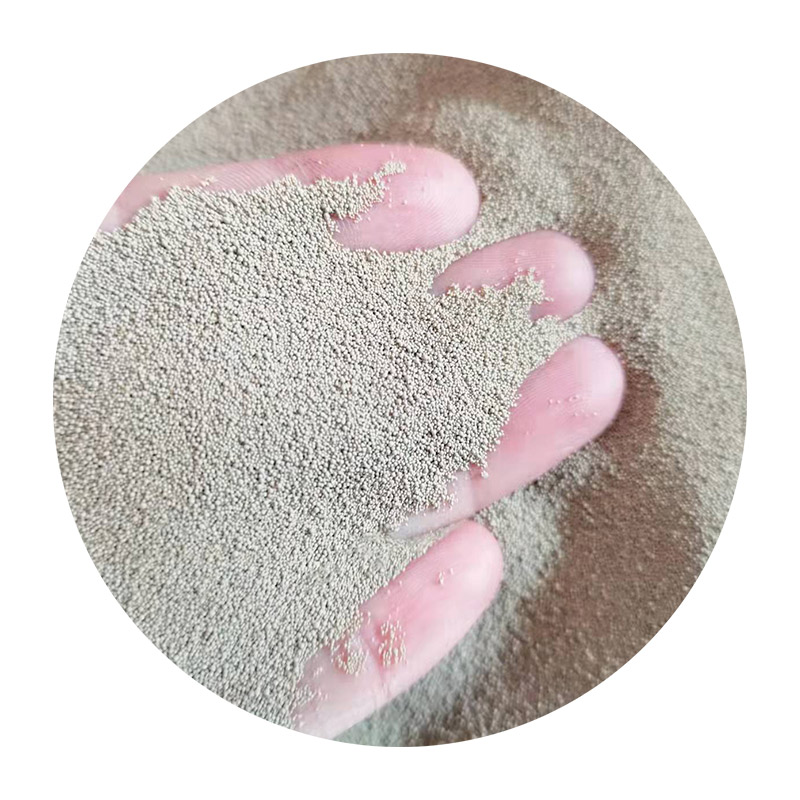Understanding Sand Casting in Metalworking
Sand casting, one of the oldest and most versatile metal casting processes, plays a critical role in the manufacturing industry. This method allows for the creation of complex metal shapes by pouring molten metal into a sand mold, which is formed to the desired geometry. The simplicity, cost-effectiveness, and flexibility of sand casting make it a popular choice for various applications, from artistic creations to industrial components.
Understanding Sand Casting in Metalworking
Once the pattern is ready, the next step is to prepare the mold. The mold is created by packing the sand mixture around the pattern, ensuring that it captures the fine details. The sand is compressed to form a rigid structure, and the pattern is then removed, leaving a cavity in the shape of the desired part. Two halves of the mold are typically created, allowing the molten metal to fill the cavity when the mold is assembled.
sand casting metal

After the mold is prepared, molten metal is poured into the cavity. The type of metal used can vary widely, including aluminum, iron, bronze, and other alloys, depending on the requirements of the final product. The metal is allowed to cool and solidify, a process that can take varying amounts of time depending on the size and thickness of the casting.
Once the metal has cooled, the mold is broken apart, and the cast metal part is removed. The finished product is often rough and may require additional machining, grinding, or surface treatment to achieve the desired finish and precision.
Sand casting is prized for its ability to produce large and heavy parts that would be difficult to create using other methods. It is used in numerous industries, including automotive, aerospace, and construction. Moreover, due to its low setup costs and minimal material waste, sand casting remains a favored method in prototype development and low to medium-volume production runs.
In conclusion, sand casting is a vital process in metalworking, combining age-old techniques with modern innovations. Its adaptability and efficiency make it a cornerstone of many manufacturing operations, and it continues to play a significant role in the production of metal components in various industries.
Post time:Noy . 25, 2024 09:41
Next:Exploring the Uses and Benefits of Sand Resin in Modern Applications
